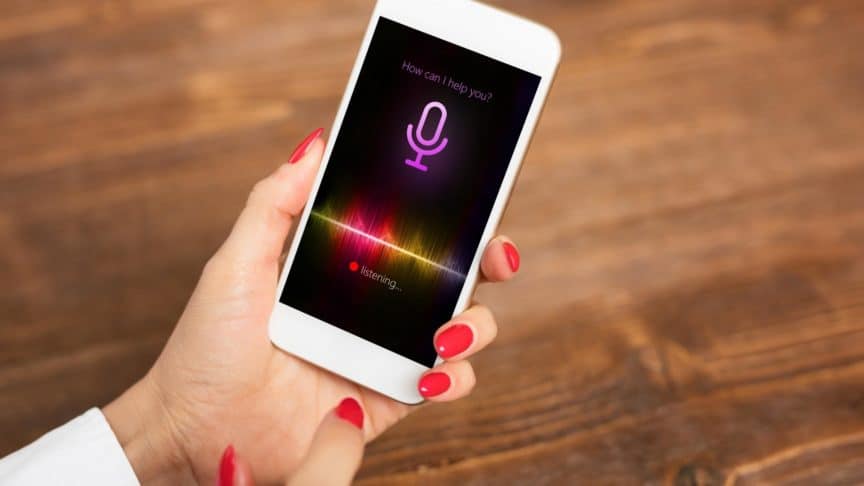Do you have hearing loss? While there is no cure, there are several treatments which help you hear. The most common method for treatment is hearing aids which are programed digitally based upon your hearing exam to amplify just the tones and sounds you struggle with. However, there are moments where assistive listening devices may be the best solution to your hearing needs.
What are Assistive Listening Devices?
the Assistive devices include any device, aside from hearing aids, which help a person with a hearing impairment communicate more effectively. This is achieved through amplification, visual aids, or vibrating alerts. They span a great array of technology including television, telephones, alert systems, and public and private listening systems. While they can’t solve all hearing issues they are used for many individuals, to enhance communication and listening skills, in public spaces, classrooms, churches, shopping centers, theaters, at work and at home.
When to Use Assistive Devices?
The goal of assistive devices is to improve communication across a wide range of hearing impairments. For instance, for those with a mild case of hearing loss who may not be ready to invest in hearing aids, they can enhance the ability to perceive sound in particularly challenging listening situations. They can be used to make it easier to hear over the phone, while watching TV or during an important class or work meeting.
For those with more severe cases of hearing loss assistive listening devices can be used as alarms when a person may be sleeping with their hearing aids out. These can include vibrations and flashing lights to alert an individual about a time sensitive situation. They are also often offered as an accessibility feature in public spaces, or educational and work environments, making assistive devices a vital link in complying with the Americans with Disabilities Act (ADA) and in offering “communication accessibility”.
Types of Assistive Listening Devices
There are five general types of assistive listening devices which are appropriate for varying types of hearing issues. These include:
Audio induction or hearing loop: These can be used in large or small rooms to create an electromagnetic signal which sends sounds to hearing loop equipped hearing aids. Often used in public places such as theaters, auditoriums, churches, and bus stations hearing loops can transfer sound which would be amplified to a greater public and send the sound directly to your ears, eliminating any background noise which could make it more difficult to hear.
FM system: These systems rely on radio waves to transmit sound to your ears. This technology often comes in handy in large lecture halls, universities auditoriums or even an outdoor event. The speaker wears a compact transmitter and microphone, and the listener wears a portable receiver which may be equipped with a headphone, neck loop or other accessories.
Infrared system: This amazing technology transmits sound wirelessly via invisible light beams. While sound can pass around objects, light becomes interrupted meaning that there must be a direct line of sight from the transmitter to the receiver. This technology is best used in inside places as the sunlight will interrupt it’s feed. Often found in auditoriums, theaters, and churches, sometimes this technology comes in handy inside your own home to enjoy TV with added clarity. The transmitter is placed on the TV and plugs into an electrical outlet while the user wears a battery-powered headset with volume control allowing everyone in the room to listen at a comfortable volume.
Personal amplified system: Personal sound amplification products (PSAPs) are low-cost hearing devices. While hearing aids can run be an investment for those looking for a backup system in a fix or not ready for a full commitment to hearing aids PSAPs may be a good choice. They amplify sound in a general manner rather than being tailored specifically to your individual hearing needs. But they can be purchased right off the shelf a a fraction of the cost of hearing aids, without having to have a hearing exam. These portable devices often come in the form of a neck loop or headphones and are useful for TV listening or one on one conversations indoors or outside.
Bluetooth system: This technology uses radio waves to wirelessly connect hearing aids. You can enjoy streaming to your hearing aids from your TV, stereo, or smartphone with ease.
Schedule a Hearing Exam
If you are struggling with hearing loss, we can help you explore your options and find the best hearing solutions for you. Schedule a hearing exam today to find out more.

